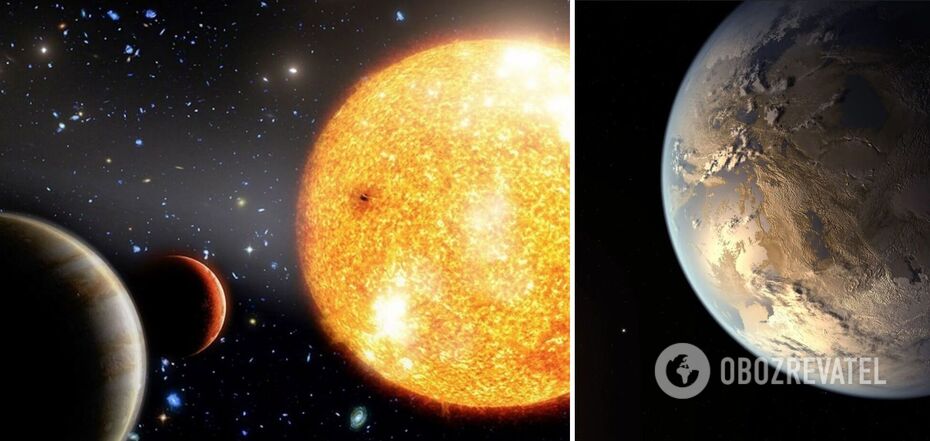Life
Stars can destroy life on planets under one condition: scientists' discovery
Young stars that emit much less ultraviolet radiation, which is dangerous for life on planets, have turned out to be more dangerous than scientists previously thought. As it turns out, when it comes to the nucleic acid-based biosphere, less is not more.
This is according to a study published by an international team of scientists in the journal Nature Communications. The results of the study were somewhat unexpected, as they somewhat contradict scientific logic.
Scientists have found that new generations of stars may have peculiarities in the way they produce ultraviolet radiation. This depends on the composition of the star: if it is as metallic as our Sun (astronomers consider everything heavier than helium to be metal - Ed.), then at a certain temperature it produces less ultraviolet radiation that destroys DNA than their equally hot but less metallic relatives.
It seemed that planets with ideal conditions for life should form around such stars. But the study showed the opposite result.
Despite the fact that metal-rich stars emit much less ultraviolet radiation, much more of it reaches the surface of an Earth-like planet. This leads to the fact that no complex life form can develop on such a planet.
Anna Shapiro, one of the authors of the article, an astronomer at the Max Planck Institute for Solar System Research, called the situation "somewhat paradoxical" in a commentary for Inverse.
"When you hear that a star is emitting more radiation, people think: "Okay, we're all going to die on this planet, right?" - Shapiro says.
But, she says, for planets like our Earth, the opposite is true.
In their study, scientists modelled the effect of radiation from different stars on the atmosphere of an Earth-like planet. Humanity is protected from dangerous radiation by two mechanisms.
The first is the O₂ molecules in the upper atmosphere, which absorb extremely dangerous high-energy ultraviolet radiation (UV-C).
The second is ozone, O3, which absorbs lower-energy ultraviolet radiation (UV-B) lower in the atmosphere. Although UV-B radiation is not as dangerous, it is still capable of destroying nucleic acids.
The trick is that ozone is formed precisely because oxygen molecules in the upper atmosphere absorb UV-C radiation. But tests have shown that when the star did not produce such massive radiation, the ozone layer did not form and, as a result, UV-B radiation freely reached the planet's surface.
Scientists plan to use the data obtained in the analysis of exoplanets that are worth further research to find life or the existence of an atmosphere suitable for human life in the future.
Earlier, OBOZREVATEL reported that scientists had discovered a giant exoplanet HIP 99770 b, which is believed to contain water and carbon monoxide.
Subscribe to OBOZREVATEL's Telegram and Viber channels to keep up with the latest news.



























